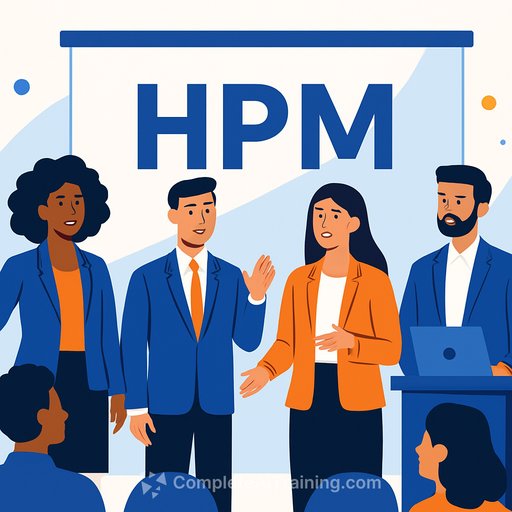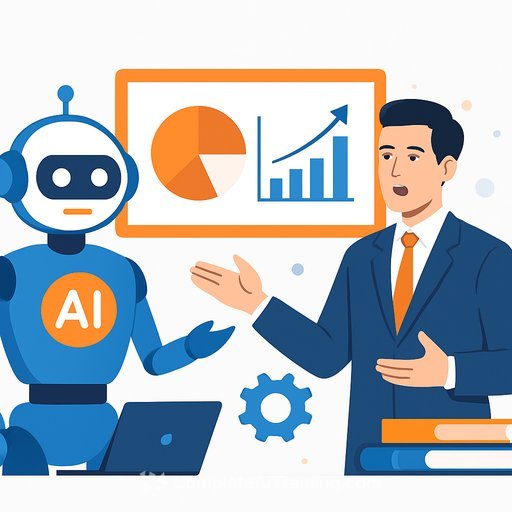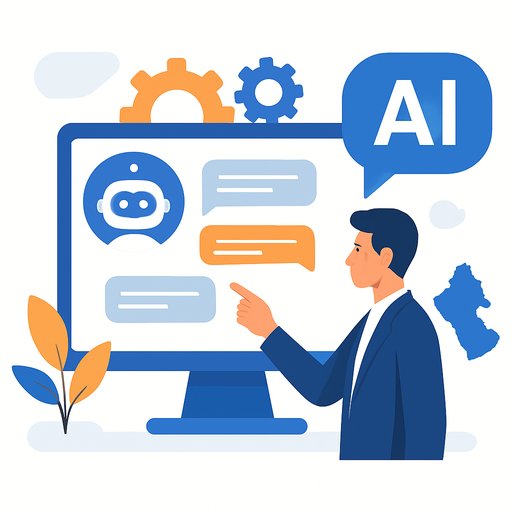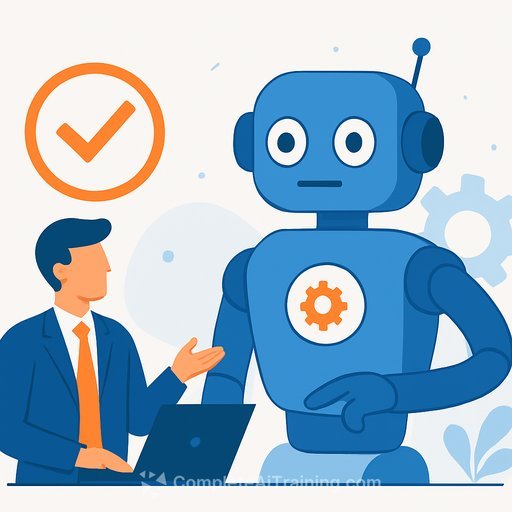112,000+ tech layoffs in 2025: what HR and Customer Support leaders need to do now
2025 isn't a blip. It's a reset. More than 112,732 tech jobs were cut across 218 companies, with AI adoption and cost pressure pushing leaders to restructure fast. February alone saw 16,084 cuts; April topped 24,500. The message is clear: automate routine work, rebalance teams, and hire for new skills.
For HR and Customer Support, this isn't just about fewer roles. It's about different roles, new workflows, and a tighter link between AI systems and human expertise. Below is the signal without the noise-and a playbook you can use this quarter.
The big picture
- Total cuts in 2025: 112,732 across 218 companies (source: Layoffs.fyi).
- Primary drivers: AI automation, overexpansion corrections, softer demand, and budget consolidation.
- Pattern: multiple small-to-mid rounds replacing one-off "mega" layoffs; roles shift from generalist ops to AI-enabled specialties.
Company snapshots (highlights)
- Amazon: Up to 14,000 corporate roles cut, affecting AWS, ops, HR, and more. Focus: AI-driven efficiency and leaner management layers.
- Intel: 24,000 jobs cut (about 22%). Foundry reductions, auto business wind-down, and global site impacts in the U.S., EU, and LATAM.
- TCS: 19,755 cut in the September quarter; mid/senior roles hit as services tilt toward AI and automation.
- Accenture: Headcount down from ~791,000 to ~779,000; traditional consulting roles phased out while AI hires continue.
- Microsoft: ~9,000 roles cut across engineering, PM, marketing, legal, and sales as spending shifts to AI and cloud.
- Salesforce: ~4,000 support roles eliminated as AI handles ~50% of customer conversations; redeployments to PS, sales, and CS.
- Cisco: ~4,250 roles (5%) cut to reallocate toward AI, cybersecurity, and cloud networking.
- Google: Multiple rounds across Cloud, platforms, and devices; funding moved from mature products to generative AI.
- Meta: ~600 in October from AI R&D and infrastructure; continued streamlining after prior large reductions.
- Oracle: Hundreds cut across Cloud and Infrastructure as spending pivots to AI infra and services.
- UPS: 48,000 roles cut (14,000 management; ~34,000 operations) with facility consolidation and automation.
- Ford: 8,000-13,000 targeted amid EV transition and slower-than-expected demand.
- PwC: ~5,600 cut globally (1,500 U.S.), primarily audit and tax, citing lower attrition and automation.
- Paramount: ~2,000 roles cut as streaming losses trigger restructuring across production and admin.
What this means for Customer Support leaders
- Rethink the org chart: Fewer generalists; more specialists: conversation designers, bot ops, prompt engineers, knowledge managers, QA for AI output, and AI analytics.
- Shift to "AI-first" triage: Deflect routine contacts with high-quality content and assistants; route complex issues to skilled agents with context-rich summaries.
- Agent-assist as standard: Tools that draft replies, summarize threads, and surface policies reduce handle time and improve consistency.
- Redeploy talent: Move top agents into customer education, success, and automation QA. Preserve domain expertise; change the interface to it.
- Measure what matters: Deflection rate, assisted vs. unassisted CSAT, agent productivity lift, first-contact resolution, and AI error rate.
What this means for HR leaders
- Skills inventory, not just headcount: Map roles to "Automate / Augment / Advance." Automate repetitive tasks, augment critical roles with AI, and advance strategic capabilities.
- Reskilling at speed: 6-8 week sprints on AI tools, data literacy, prompt writing, and workflow automation for frontline and managers.
- Job architecture refresh: Update job families (AI Ops, LLM QA, data product, automation analysts). Rewrite JDs with measurable outcomes and AI competencies.
- Manager ratio and layers: Flatten where possible; invest in enablement for fewer but stronger managers.
- Compliance and process rigor: Coordinate WARN and local equivalents, union considerations, and fair selection criteria. See U.S. WARN basics at dol.gov.
- Care and trust: Provide outplacement, clear timelines, and mental health support. Transparency reduces rumor cycles and attrition of top performers.
A 90-day action plan
- Days 1-30: Run a company-wide skills and process audit. Identify top-10 repetitive workflows by volume and cost. Stand up a cross-functional AI working group (Support, HR, IT, Legal).
- Days 31-60: Pilot agent-assist and self-serve improvements on 2-3 high-volume issue types. Launch reskilling cohorts for impacted teams. Draft updated job architecture.
- Days 61-90: Scale what works, deprecate what doesn't. Formalize AI QA, incident handling, and model update cadence. Publish new hiring profiles and internal mobility paths.
Roles on the rise (and where to find talent internally)
- Conversation designer / knowledge engineer: Former senior agents, enablement, and documentation pros.
- AI support ops (LLM QA, prompt ops, bot ops): QA analysts and process-focused team leads.
- CX analytics & insights: WFM analysts and BI-adjacent talent with SQL and dashboard skills.
- Automation program manager: Project managers who understand policy, risk, and change management.
Metrics to run your transformation
- Contact deflection and containment rate
- Average handle time with vs. without assist
- Assisted CSAT vs. human-only CSAT
- First-contact resolution and reopen rate
- Model accuracy, escalation rate, and policy violation rate
- Training time-to-productivity for re-skilled roles
Risk and compliance checklist
- Selection criteria documented and consistently applied
- WARN/local equivalents, notice periods, and severance compliance
- Vendor DPAs, data residency, and access controls for AI tools
- Bias testing and audit trails for AI decisions that affect customers or employees
- Clear review gates for AI-generated customer communications
If you've been impacted
- Document real outcomes: queue reductions, process fixes, playbooks you built, impact on CSAT and cost.
- Show your AI fluency with samples: prompts, workflows, dashboards, and before/after metrics.
- Target roles that value domain knowledge plus AI: support ops, enablement, automation analyst, CX insights.
Training resources
- Structured upskilling by role: Complete AI Training - Courses by job
- Hands-on credential to prove skills: AI Certification for ChatGPT
Why this matters now
AI is reducing the need for repetitive work while increasing the value of judgment, empathy, and systems thinking. Support teams won't disappear, but their mandate is changing: solve higher-order issues, design better self-serve, and ensure AI stays accurate and fair.
HR's advantage is speed with clarity. Get the roles right, upskill with intention, and move talent where they create the most value. The companies that do this well won't just reduce costs-they'll deliver better customer experiences with smaller, sharper teams.
Your membership also unlocks:









